Drought explained: What it is, what causes it, and why it matters
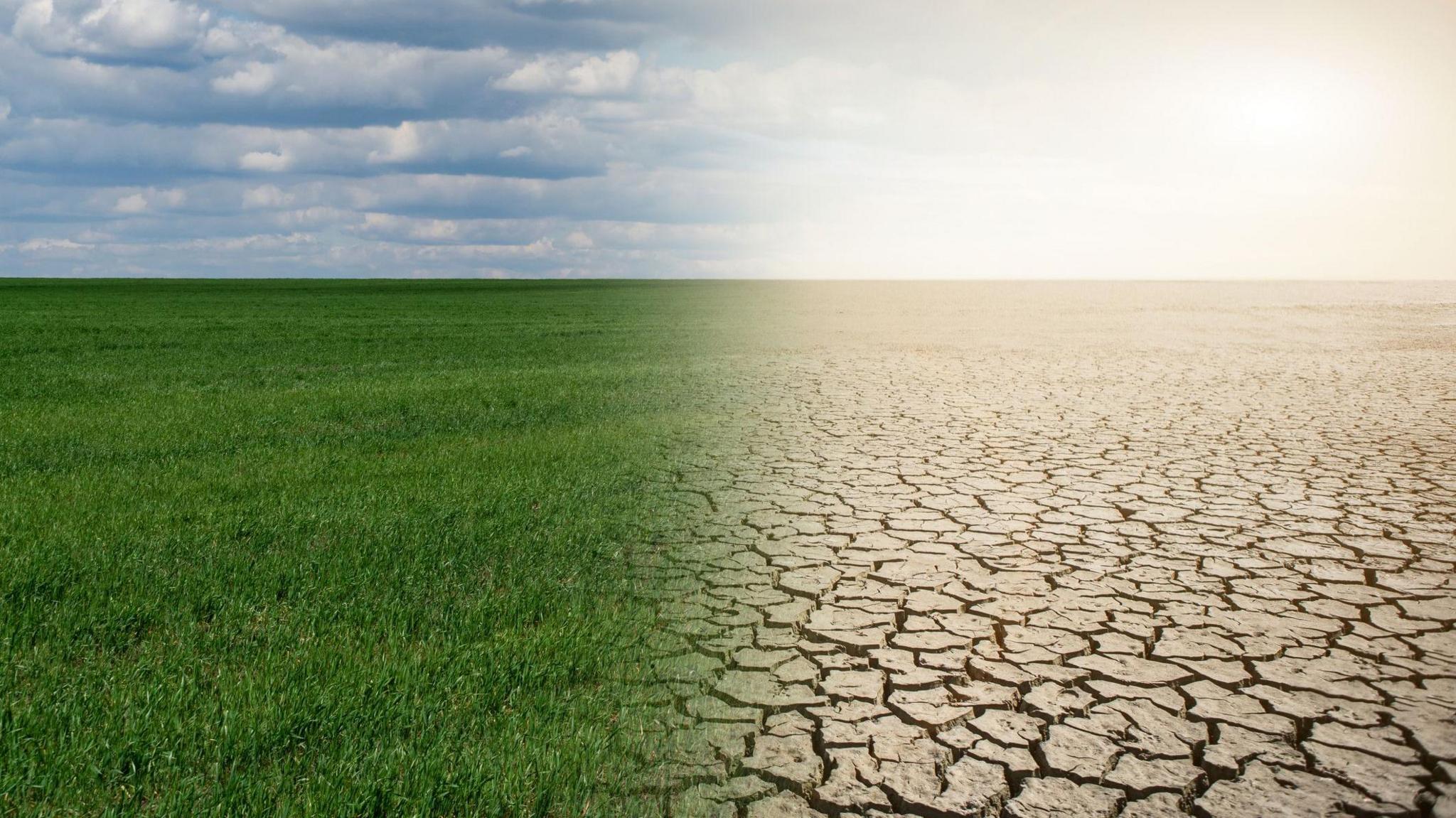
Droughts can mean that the ground goes from this (left) to this (right)
- Published
The sun is shining and the temperatures are rising, but as well as warmer weather, we are also seeing much drier weather across the UK.
In fact, it has officially been the driest start to spring in the UK in 69 years, with England getting only a quarter of the rain it would normally expect in March.
The dry conditions have led to a "medium" risk of a drought this summer, according to the Environment Agency.
But what is drought, and how does it affect people and the planet? Read on to find out...
How are you having fun in the sun?
- Published1 May
Do you know how to stay safe in the sun?
- Published29 July 2024
January 2025 was the warmest on record
- Published6 February
What is drought and what causes it?
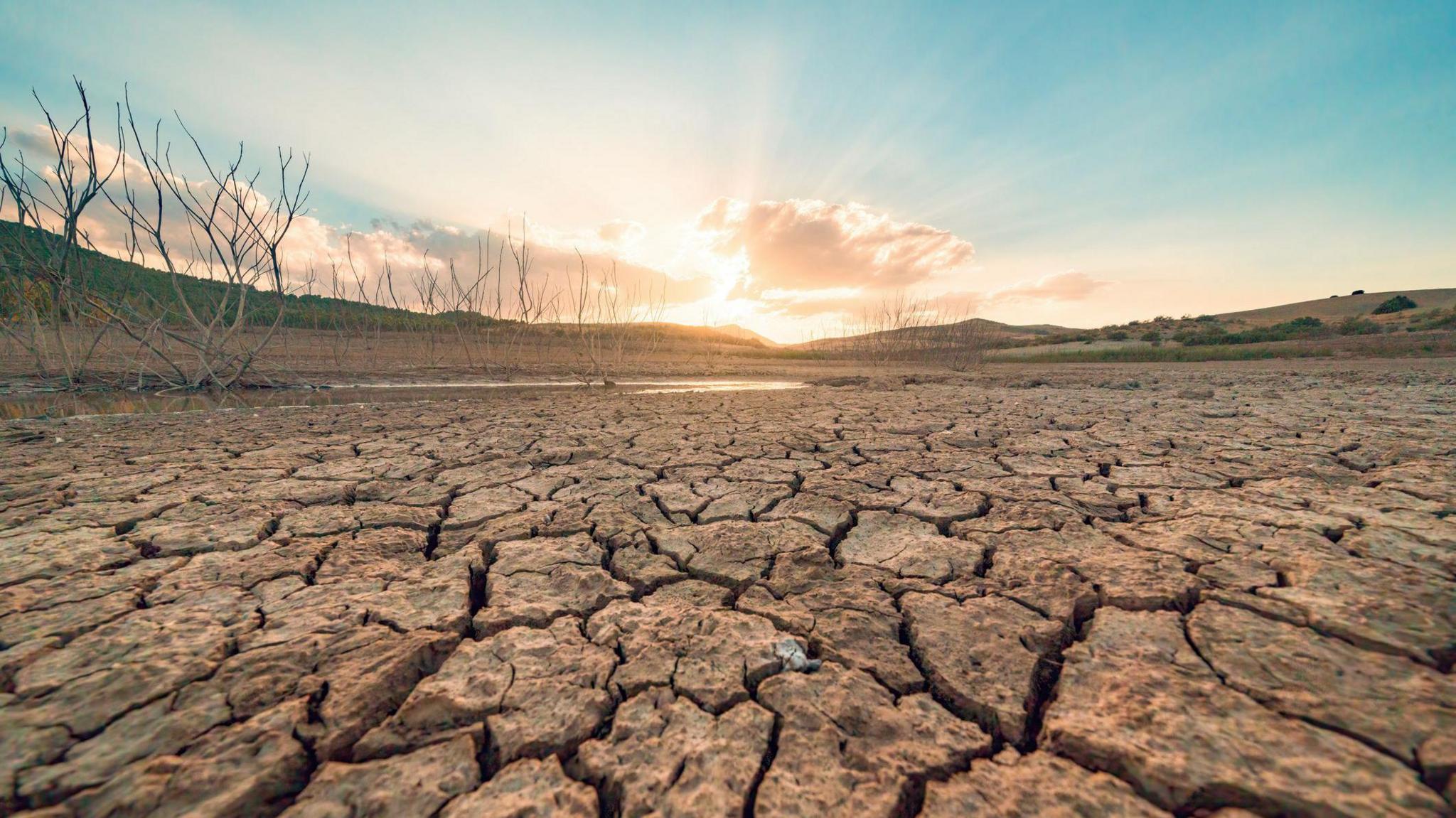
A drought is defined by the World Health Organisation as a "prolonged dry period in the natural climate cycle that can occur anywhere in the world".
Droughts happen over months, or even years, when an area isn't getting enough water.
There are a few reasons a drought might occur, like changes in weather and climate, or if humans use water in a different way to usual.
This can affect people, plants and animals, and can cause rivers and lakes to dry up.
KEY FACTS ABOUT DROUGHTS:
Drought can be caused by by humans or physical causes. E.g. using too much water, or little rainfall
Droughts also increase the risk of other natural disasters like forest fires
The best way to prevent a drought is by conserving water
Effects and impact: How does drought affect people and the planet?
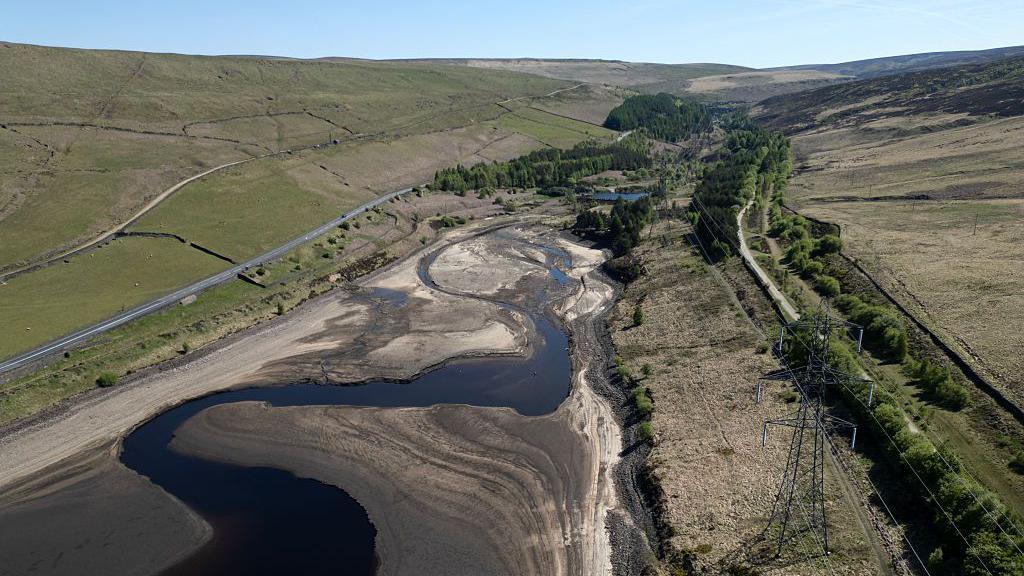
Droughts affect plants, animals and people.
Droughts can be dangerous as they may lead to a lack of food and water.
This can cause health problems for humans and can also lead to many impacts on the environment.
Problems for people: How do droughts affect humans?
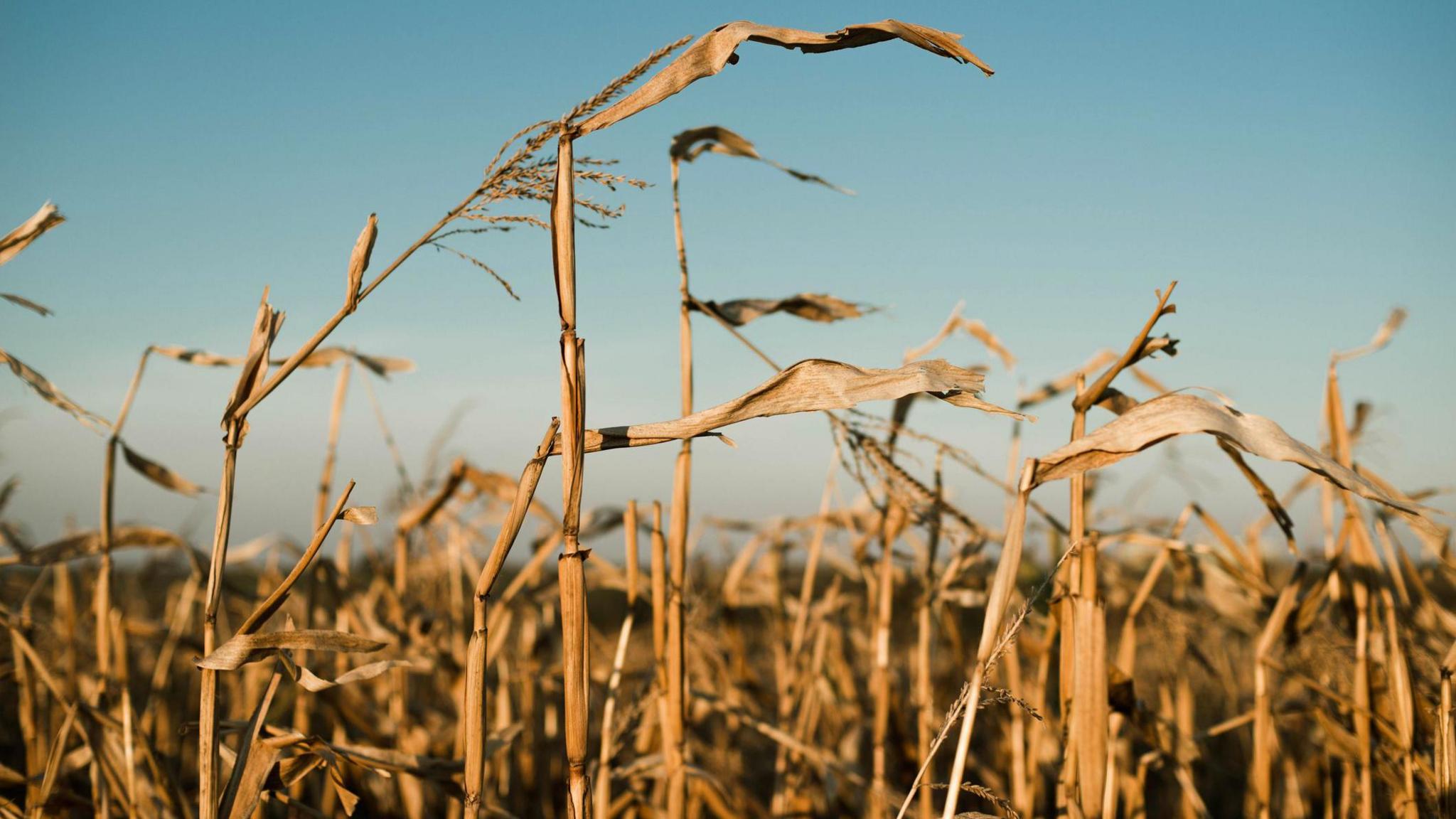
There are a number of effects that droughts can have for people, from famine and malnutrition to water supply reduction.
Droughts can lead to a lack of food. When there is a lack of water, crops fail which might mean that there isn't enough food to go around.
Droughts can cause serious problems for farmers. When crops fail, not only is there a lack of food, farmers also lose money. This might mean areas which rely on farming may become very poor or the prices of food rise for everyone.
Droughts can also cause health problems. From malnutrition, to risk of waterborne diseases and also heat related issues, drought can also affect people's health.
Problems for the planet: What are the impacts on animals and wildlife?
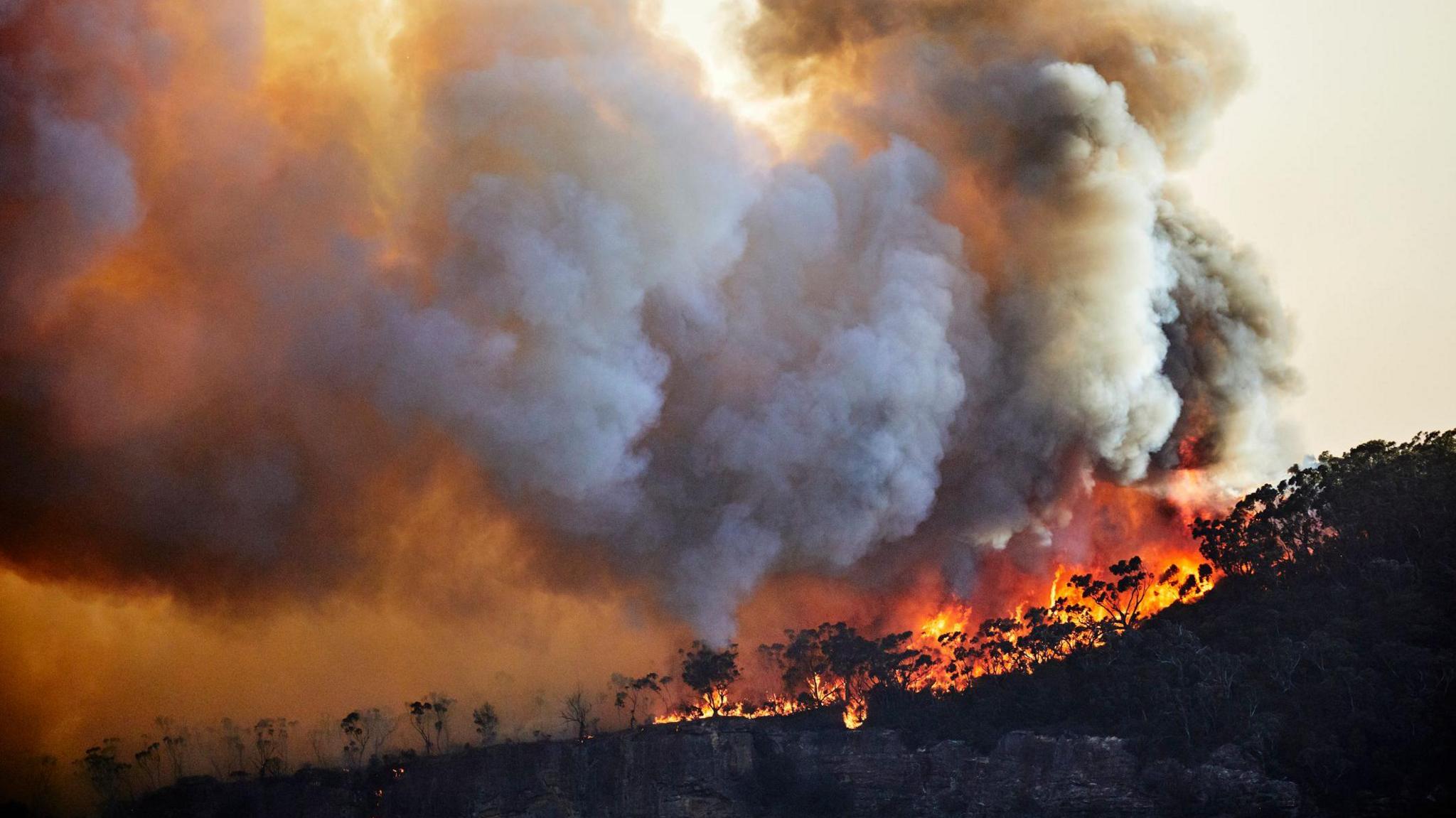
As well as problems for people, drought can also have some environmental impacts.
Dry soil and vegetation can increase the risk of wildfires, and can also mean that if a wildfire does occur it may be more severe.
The dry weather can also lead to lower water levels in reservoirs, lakes, and ponds.
This can lead to negative effects for ecosystems in the area and loss of plants and animals.
What can we do to stop or prepare for droughts?
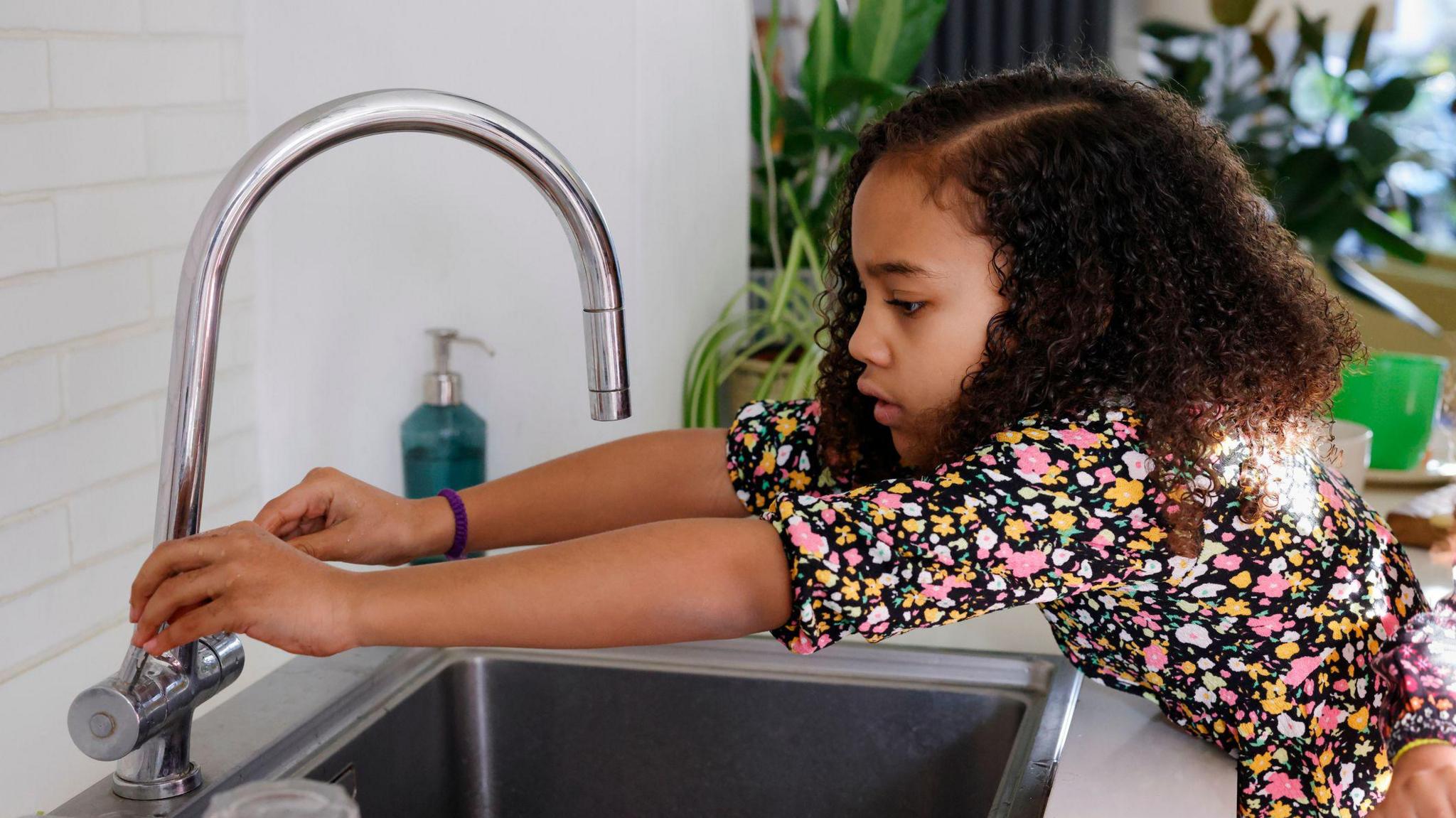
One of the main ways that we can help prepare for droughts is by saving water.
This is done on a large scale by something called sustainable water management.
That's where governments or agencies put measures in place, such as hose-pipe bans or use new technologies to help ensure we are using water sustainably.
But, on a smaller scale, you can help from home by following some of the water saving tips below!
Top tips for saving water:
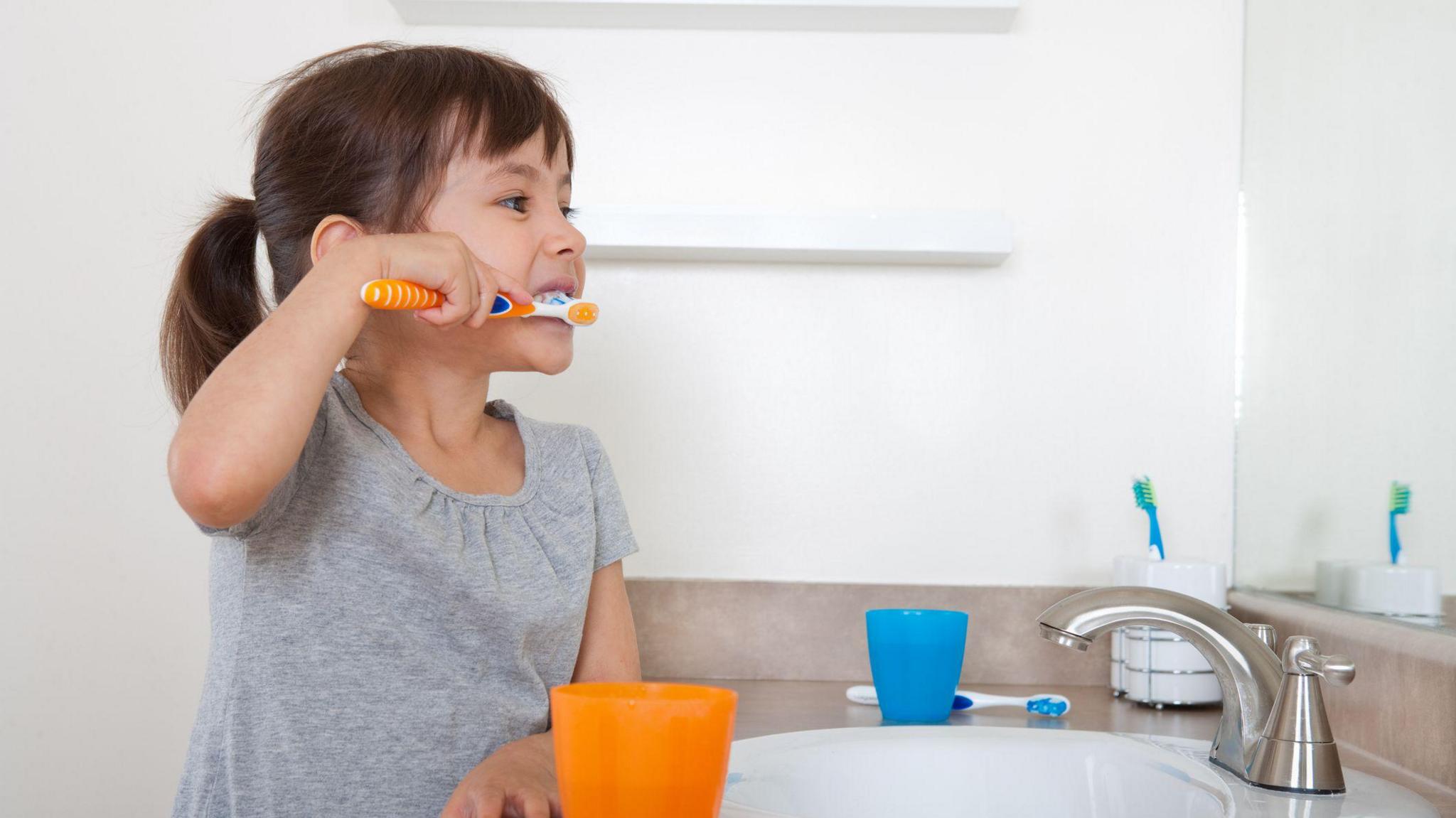
Time how long you spend in the shower: Make having a shower as efficient as possible, time yourself and see if you can help save some water.
Turn off the tap when brushing your teeth: Lots of people leave the tap on when cleaning their teeth, but the charity Waterwise suggests a running tap wastes around six litres of water per minute. By turning off the tap when brushing you can help save some water.
Flush less: This may sound like a bit of a strange tip, but did you know flushing the toilet actually uses lots of water? One way you can reduce the amount you use is by flushing less! As a general rule, not flushing the toilet after you've done a wee is normally fine to leave (check this with a parent or guardian), but it's probably best to do away with anything else!
Re-wear clothes when you can: Putting on fresh clothes can feel great, but like toilets, washing machines can use up lots of water. The more washes that need to be done, the more water is being used.
